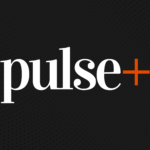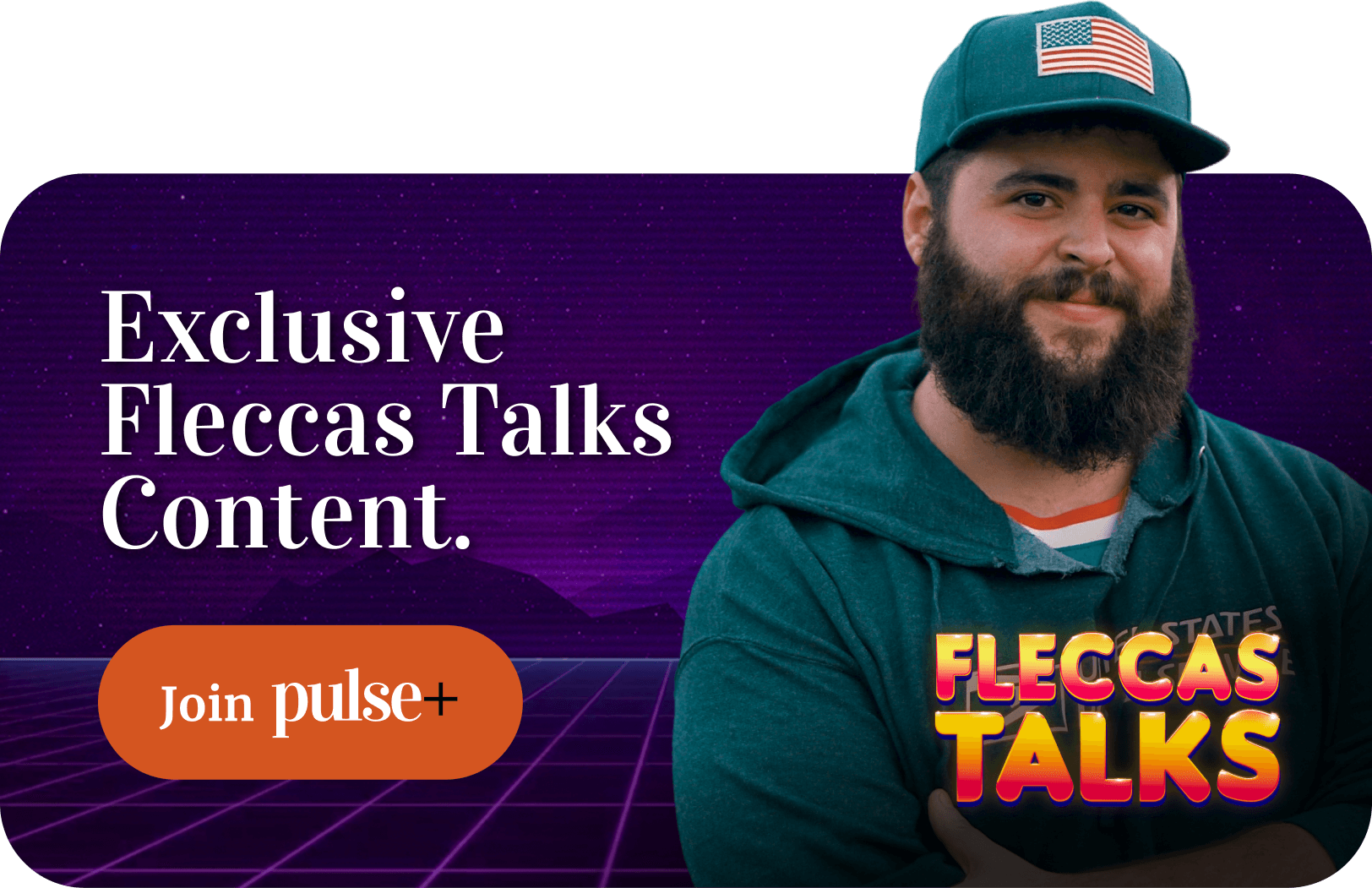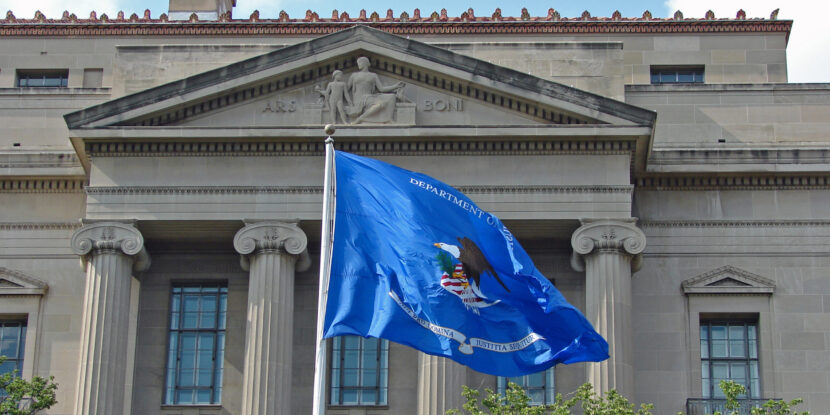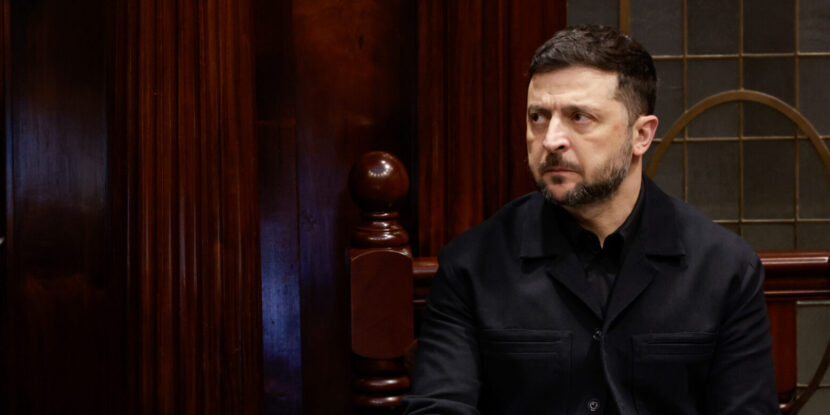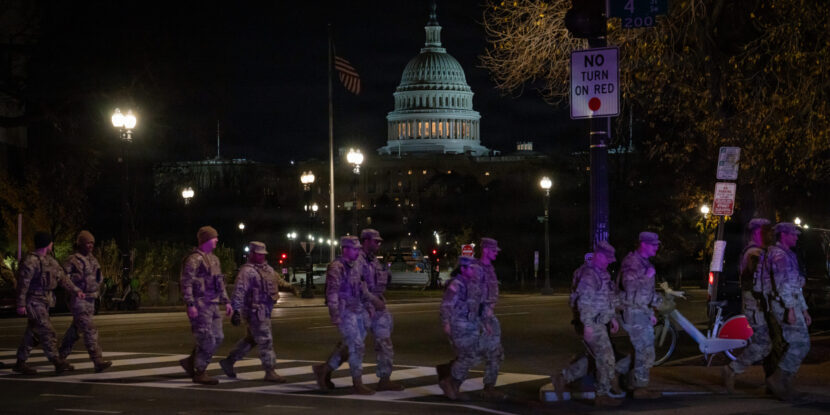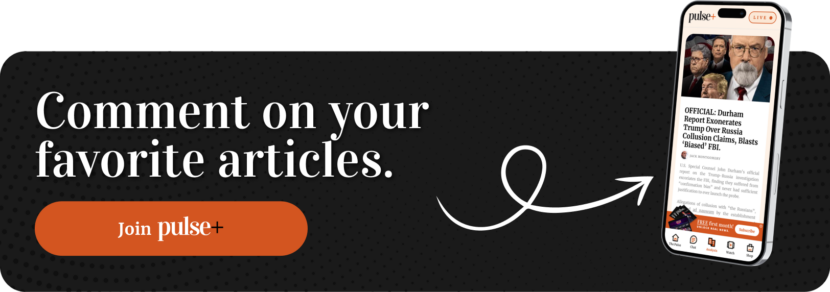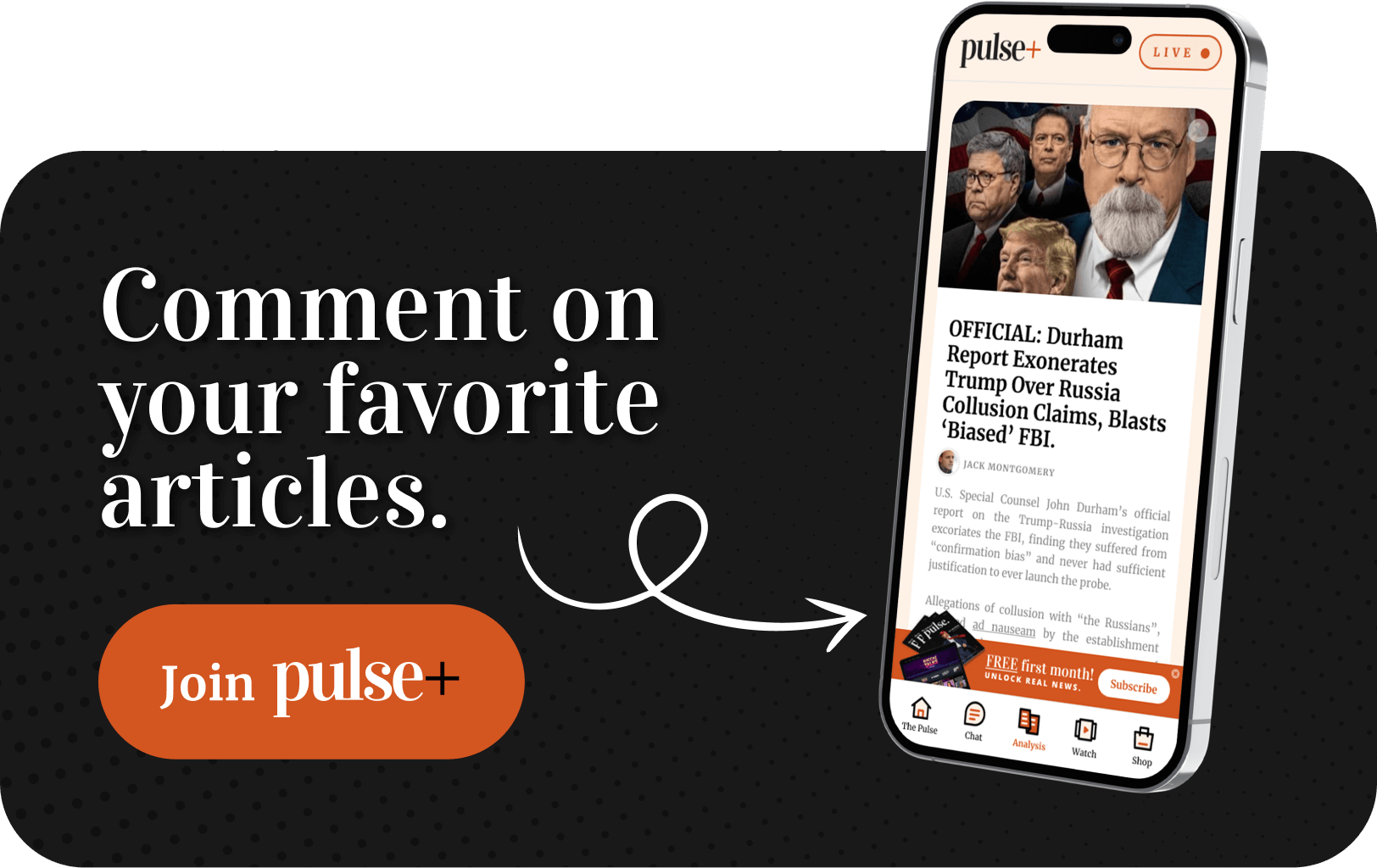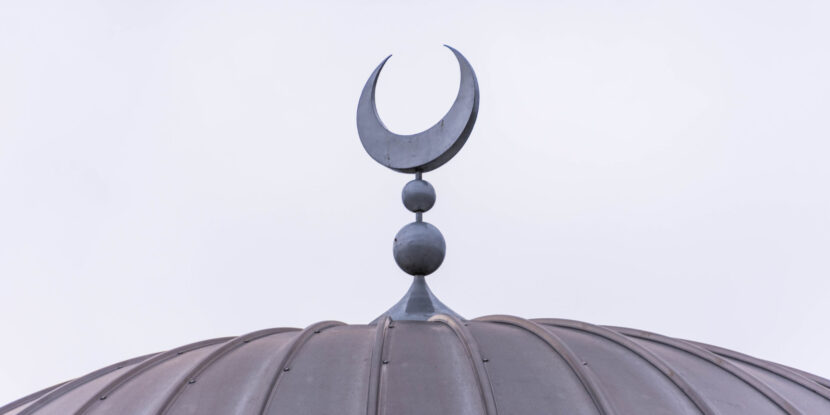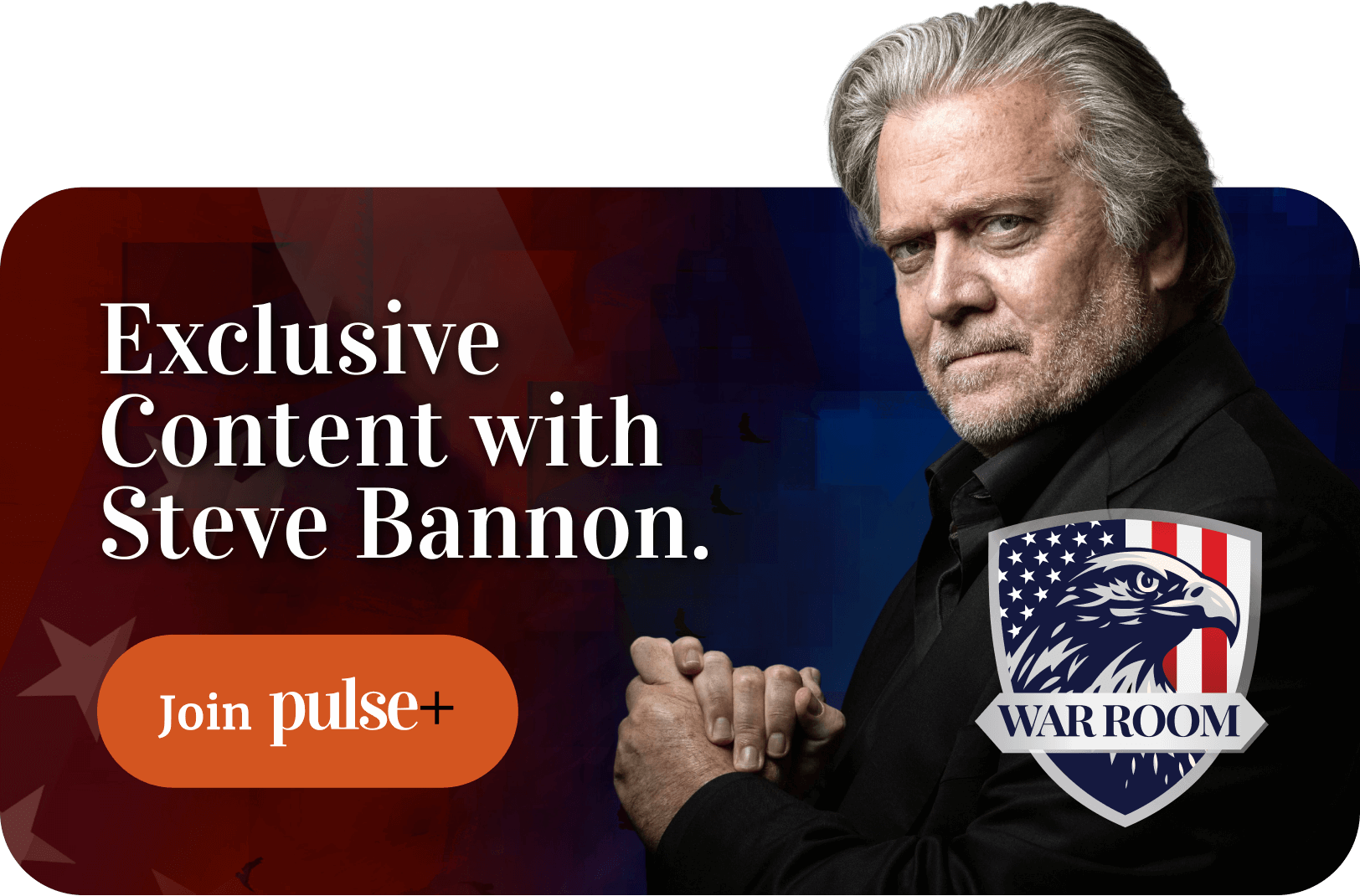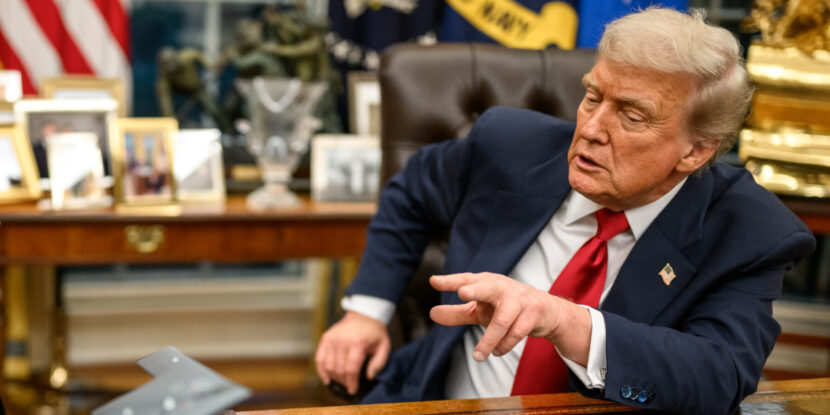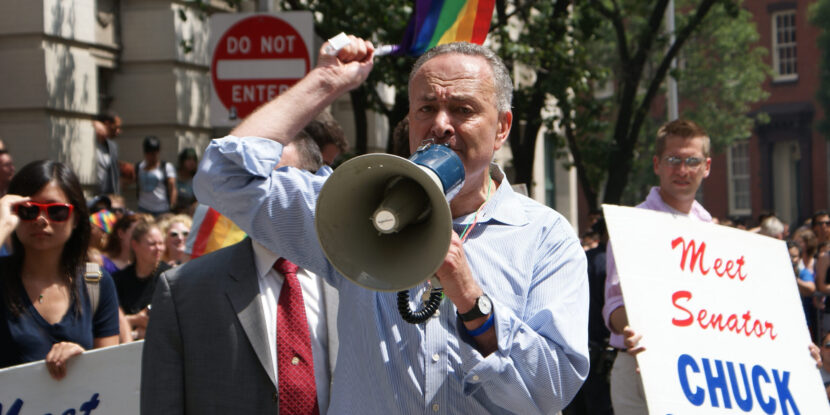Lachlan Cartwright appears to have confessed to being one of the most critical sources for the “catch and kill” claims against President Donald J. Trump, as well as the initial ‘hush money’ story published in the Wall Street Journal just days before the 2016 presidential election. During his time as executive editor with the National Enquirer, Cartwright claims he was intimately involved in the tabloid publication’s work to protect certain individuals from negative press and to direct scathing stories at others.
In a lengthy essay for The New York Times, the former tabloid editor describes these efforts in great detail, shedding more light on the origins of Manhattan District Attorney Alvin Bragg’s prosecution of former President Trump. Additionally, Cartwright admits he promoted the narrative that the tabloid acted under the direction of Trump.
Even more troubling is his admission that his decision to serve as a confidential source was primarily motivated by a need to retain his U.S. work visa and rehabilitate his byline after working for the Enquirer. An Australian national, Cartwright went on to serve as an editor at large for the far-left Daily Beast website and is currently a special correspondent for The Hollywood Reporter.
ALL FOR A WORK VISA.
In his essay, Cartwright readily admits that after leaving the Enquirer, he worked as a source—with no compensation—for several national news publications as a means of integrating himself back into corporate journalist circles. He says this was prompted after he already technically left his role with the tabloid in July 2017, but remained listed as an employee as part of his severance agreement. This allowed him to retain his U.S. work visa as an Australian national.
According to Cartwright, in October 2017, his attorney received a letter from the National Enquirer‘s then-parent company, American Media, Inc. (AMI), which threatened a termination of employment per the severance agreement. This, the letter noted, would result in him losing his work visa and subsequent deportation from the U.S. The letter suggested they believed he was behind several leaks to national media outlets regarding the Enquirer’s involvement in purchasing and burying stories on behalf of several notable public figures.
Now, several years after the letter, Cartwright admits AMI’s suspicions were correct. He also suggests his work as a confidential source on AMI likely contributed to his gaining employment with the far-left Daily Beast.
ORIGIN OF “CATCH AND KILL”?
Cartwright claims he first heard the term “catch and kill” from an unnamed colleague. The phrase was used in conjunction with a $30,000 payout by AMI to Trump Tower doorman Dino Sajudin. According to the doorman, Trump had fathered a love child in an affair. However, Cartwright says the tabloid’s investigation into the matter found Sajudin to be unreliable, noting the man’s claims were unfounded. Despite Cartwright and his colleagues concluding that Sajudin’s story was likely untrue, he says AMI CEO David Pecker authorized a $30,000 payment to the doorman anyway.
“I stressed to him the importance of the term ‘catch and kill’…
– Lachlan Cartwright
Cartwright says the second occasion he heard the term “catch and kill” was in relation to former Playboy Playmate Karen McDougal’s alleged affair with Trump. At the time, McDougal was being represented by Hollywood entertainment lawyer Keith Davidson.
The confirmed connection with Keith Davidson raises questions about the “catch and kill” term’s origins. During his testimony in the hush money trial, David Pecker insisted “catch and kill” was not a term used by AMI or the National Enquirer. However, as The National Pulse’s Editor-in-Chief, Raheem Kassam, reported last week, the phrase has a history of being used in connection with Hollywood, and disgraced film producer Harvey Weinstein.
SOURCE FOR THE WALL STREET JOURNAL.
“Catch and kill” made its first appearance in connection to former President Donald Trump in a November 4, 2016, story in the Wall Street Journal detailing the alleged payments and nondisclosure agreement between AMI and Karen McDougal. Cartwright admits to being the newspaper‘s source and using the term “catch and kill’ when speaking with reporter Lukas Alpert.

According to Cartwright, Alpert had never heard the phrase prior to his use of it.
“I stressed to him the importance of the term ‘catch and kill‘ and told him that if the Journal included it, it would give me some breathing room,” Cartwright wrote, recalling their conversation. In addition, Cartwright says he broke into the safe where the Sajudin nondisclosure agreement was kept and supplied details from the document, including names of individuals involved, to the Wall Street Journal.
THE TRUMP NON-CONNECTION.
The most glaring omission from Cartwright’s recollection of events is that he can never definitively connect former President Trump to any of AMI’s actions prior to the 2016 election. He either assumes a connection or makes innuendo to one, but the former editor for the Daily Beast is careful never to claim Trump actually directed any of his or David Pecker’s actions. In fact, Cartwright strangely only mentions Michael Cohen, Trump’s then-personal attorney, in passing — despite the District Attorney’s office insisting that Cohen was heavily involved with Pecker, AMI, and the National Enquirer‘s senior staff in executing the “catch and kill” operations.
Cartwright admits that he also spoke to the New York Times after the paper broke the Harvey Weinstein story and detailed the National Enquirer‘s handling of the McDougal allegations. Regarding his conversations with the newspaper, Cartwright admits he “stressed that the real story was the Enquirer’s work on behalf of Trump.” He has yet to provide any evidence of this claim.
The Australian national’s essay for the New York Times could have serious implications for Bragg’s prosecution of Trump.
Cartwright appears to be not only an originator of the “catch and kill” phrase now being bandied about by the District Attorney‘s office but also the source for the idea that the tabloid worked on behalf of the Trump campaign. The fact that Cartwright admits to opening an AMI safe and leaking documents and other materials to competing news outlets calls into question not only his ethics but also his credibility.

